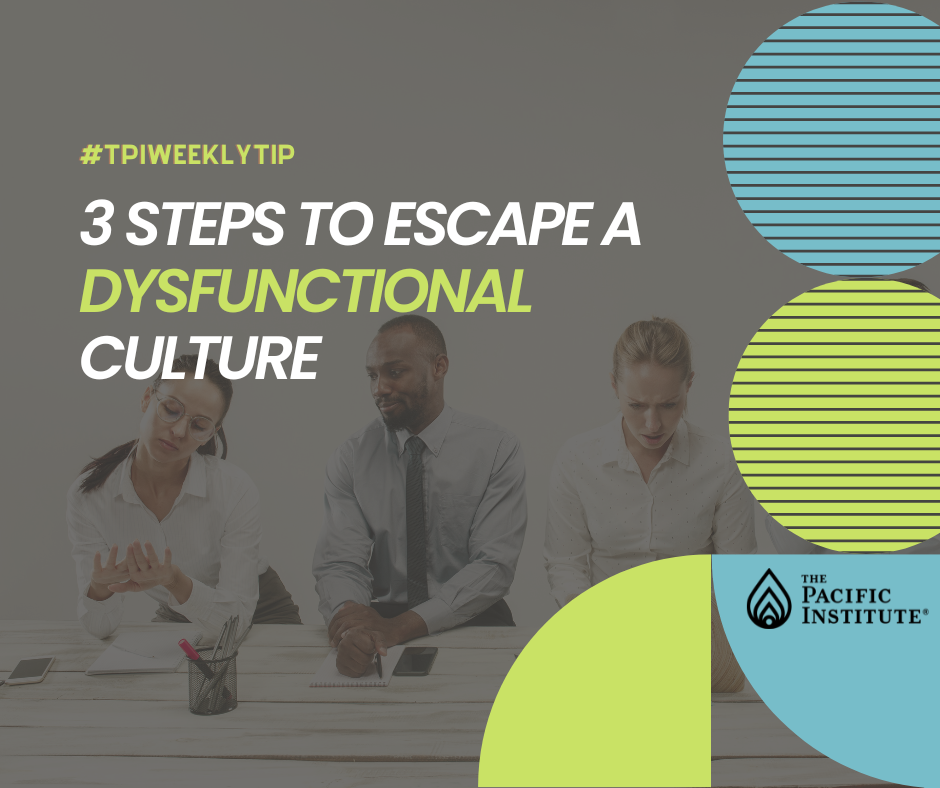|
The Pacific Institute’s cultural improvement initiatives focus on the nuances needed to help lead a team and culture to better performance by following the model of Connect the Dots, Energize Action and Nurture Growth. The assumption is that the culture shift is from good to great. But, what needs to happen when the culture is dysfunctional? To escape the “dysfunction function,” these 3 steps need to happen first.
What got You Here will No Longer Work One way to look at culture is as the normative expectations to fit in and get ahead, within a social system. As a leader in your organisation, you have excelled at following the norms of a dysfunctional culture. You got to your level, by being better at the culture than the peers you entered the organisation with. Culture is the unwritten rules of what is rewarded and what is punished. You now need to take the brave step of throwing out those rules. As you establish the vision for the culture you want, you then need to establish the values and expectations of behaviour that are to be universally expected and rewarded. One key caution: When the culture is dysfunctional, as leaders we accept poor behaviours from certain individuals because of the revenue they support. If you ignore their inappropriate behaviour, your culture will remain dysfunctional. Systemic Change While leadership has the biggest impact on culture, over time, the leaders have set up systems to enable the culture to sustain itself. Everything, from the hiring, promotion and succession planning process to leadership decision making, has been established to maintain a dysfunctional culture. These systems create in-groups and out-groups, haves and have nots. As a leader, you want to establish teams to review and revise systems to support the vision culture and to dismantle old systems that are no longer providing value to the organisation. In establishing these teams to adjust the system, you need to make sure that the previous “out groups” are well represented and heard, in order to create real change in your organisation. Establish stretch goals to engage the entire organisation in the process, always aligned around the new vision and shared expectations. These first three steps can create discomfort from within, as the “in groups” are locked on to the power they believe they are losing. Your job is to demonstrate how the current reality was no longer sustainable, and how the vision you are moving toward engages all members of the organisation in a sustainable, thriving future. Comments are closed.
|
Copyright © 1971-2021 The Pacific Institute®, LLC. All rights reserved. Privacy Policy | Terms & Conditions
Site powered by Digital Dorado

